Impressive 2,700-Year-Old Farmhouse And 1,500-Year-Old Monastery Uncovered In Rosh Ha-‘Ayin
MessageToEagle.com – An impressive 2,700 year old farmhouse and a 1,500 year old church with colorful mosaics and inscriptions in it were uncovered in the excavations in Rosh Ha-Ayin, the Israel Antiquities Authority spokesperson, informed.
The farmhouse (30 × 50 meters had once 24 rooms constructed around a central courtyard and a large storage (silo) for grain storage.
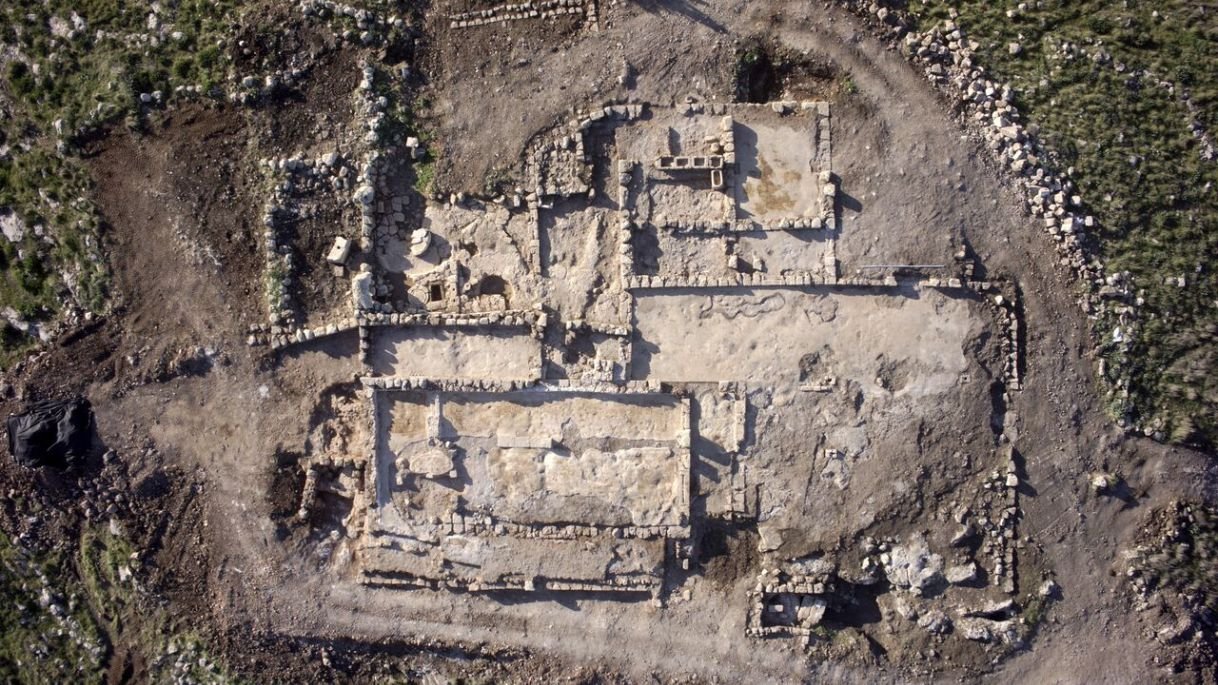
“It seems that carbohydrates were as popular then as now, and the growing and processing of grain were fairly widespread in the rural-agricultural region. This was corroborated by other discoveries in the field that included numerous millstones which were used to grind the grain into flour,” Amit Shadman, excavation director on behalf of the Israel Antiquities Authority, said in a press release.
“In addition, we found simple rock-hewn oil presses used in the production of olive oil.”
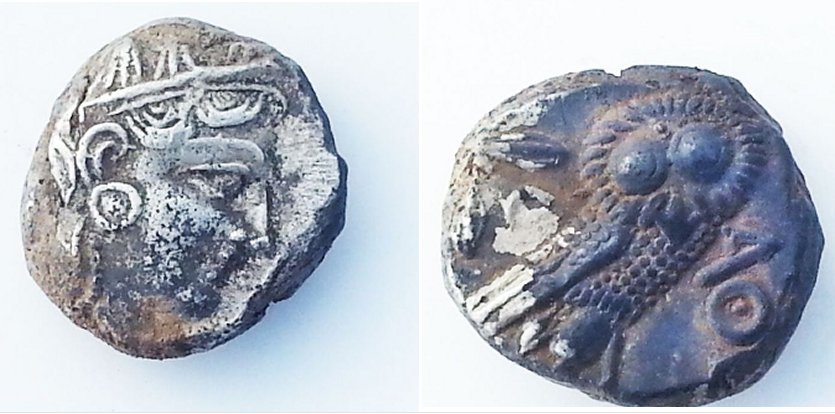
Among the other artifacts that were exposed in the farmhouse remains were two silver coins from the fourth century BC that bear the likenesses of the goddess Athena and the Athenian owl.
According to Shadman, this farmhouse and other similar ones operated for centuries until the region was abandoned in Hellenistic period. Many hundreds of years later, during the fifth century CE, another settlement wave, this being one Christian, arrived in the area and changed the landscape.
A monastery dating to the Byzantine period was exposed on one of the hills in the area and included a church, an oil press, residential quarters and stables equipped with mangers and troughs, etc.
The floors of the church that was built in the monastery were made of colorful mosaics that included geometric and other designs.
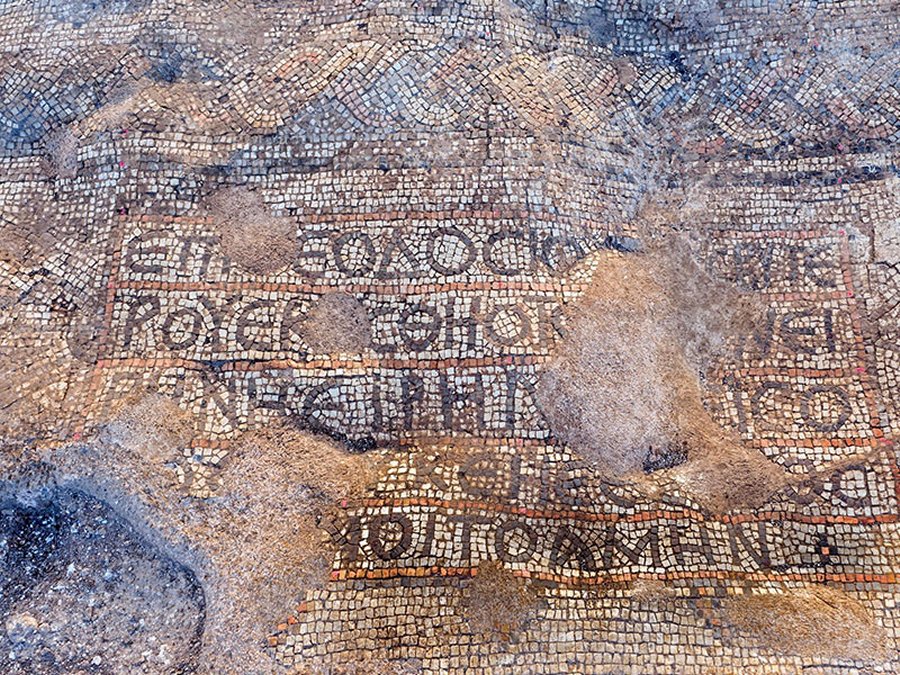
In addition, a Greek inscription ascribed to a priest named Theodosius (a common name in the Byzantine period) was revealed in one of the mosaics:
“This place was built under Theodosius the priest. Peace be with you when you come, peace be with you when you go, Amen”.
Hundreds of years after the monastery ceased to function a lime kiln was established there in the Ottoman period, which destroyed large parts of the monastery.
Given the impressive finds uncovered in the excavations, it was decided that the ancient remains will be conserved in situ, and will be displayed in the communal areas of the new neighborhoods that will be open for the benefit of the public.
MessageToEagle.com via AncientPages.com
Related Posts
-
 Medieval City Dating Back To The Great Northern War Discovered In Tartu, Estonia
No Comments | Jan 8, 2021
Medieval City Dating Back To The Great Northern War Discovered In Tartu, Estonia
No Comments | Jan 8, 2021 -
 Aurignacians: Sophisticated And Mysterious Culture That Arrived To Levant 40,000 Years Ago – New Study
No Comments | Nov 11, 2019
Aurignacians: Sophisticated And Mysterious Culture That Arrived To Levant 40,000 Years Ago – New Study
No Comments | Nov 11, 2019 -
 1,800-Year-Old Buddhist Stupa And Relics Discovered Near Bazira, The Ancient City Of Alexander The Great
No Comments | Feb 11, 2022
1,800-Year-Old Buddhist Stupa And Relics Discovered Near Bazira, The Ancient City Of Alexander The Great
No Comments | Feb 11, 2022 -
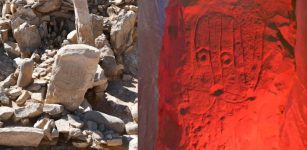 Unique 9,000-Year-Old Shrine With Symbols Discovered At Neolithic Ritual Site In Jordan Desert
No Comments | Mar 7, 2022
Unique 9,000-Year-Old Shrine With Symbols Discovered At Neolithic Ritual Site In Jordan Desert
No Comments | Mar 7, 2022 -
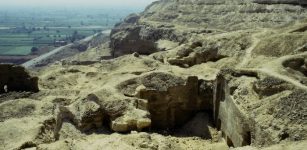 Egyptian Necropolis Of Asyut And Funerary Culture That Dates Back To Old Kingdom
No Comments | Feb 24, 2020
Egyptian Necropolis Of Asyut And Funerary Culture That Dates Back To Old Kingdom
No Comments | Feb 24, 2020 -
 Emerald Production In Eastern Desert Of Roman Egypt – New Evidence
No Comments | Apr 16, 2021
Emerald Production In Eastern Desert Of Roman Egypt – New Evidence
No Comments | Apr 16, 2021 -
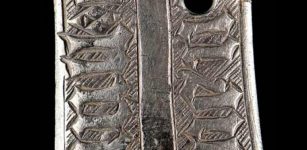 Llanbadoc Discovery: Late Medieval Artefact Could Have Belonged To Knight
No Comments | Nov 24, 2015
Llanbadoc Discovery: Late Medieval Artefact Could Have Belonged To Knight
No Comments | Nov 24, 2015 -
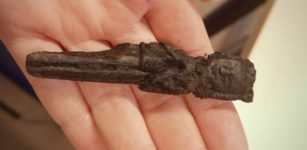 Strange Medieval Figurine With A Crown On The Head And A Falcon On The Arm – Is It A King Or A Queen?
No Comments | Dec 16, 2021
Strange Medieval Figurine With A Crown On The Head And A Falcon On The Arm – Is It A King Or A Queen?
No Comments | Dec 16, 2021 -
 First Detailed Academic Study Of East African Maritime Traditions Shows Changes In Boatbuilding
No Comments | May 23, 2022
First Detailed Academic Study Of East African Maritime Traditions Shows Changes In Boatbuilding
No Comments | May 23, 2022 -
 Skull From Broken Hill, Zambia Is Relatively Young – New Analysis Shows
No Comments | Apr 2, 2020
Skull From Broken Hill, Zambia Is Relatively Young – New Analysis Shows
No Comments | Apr 2, 2020

